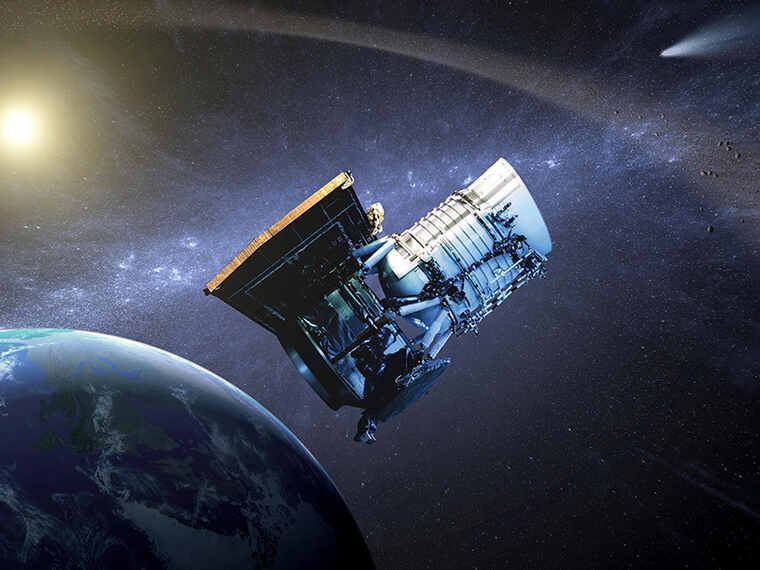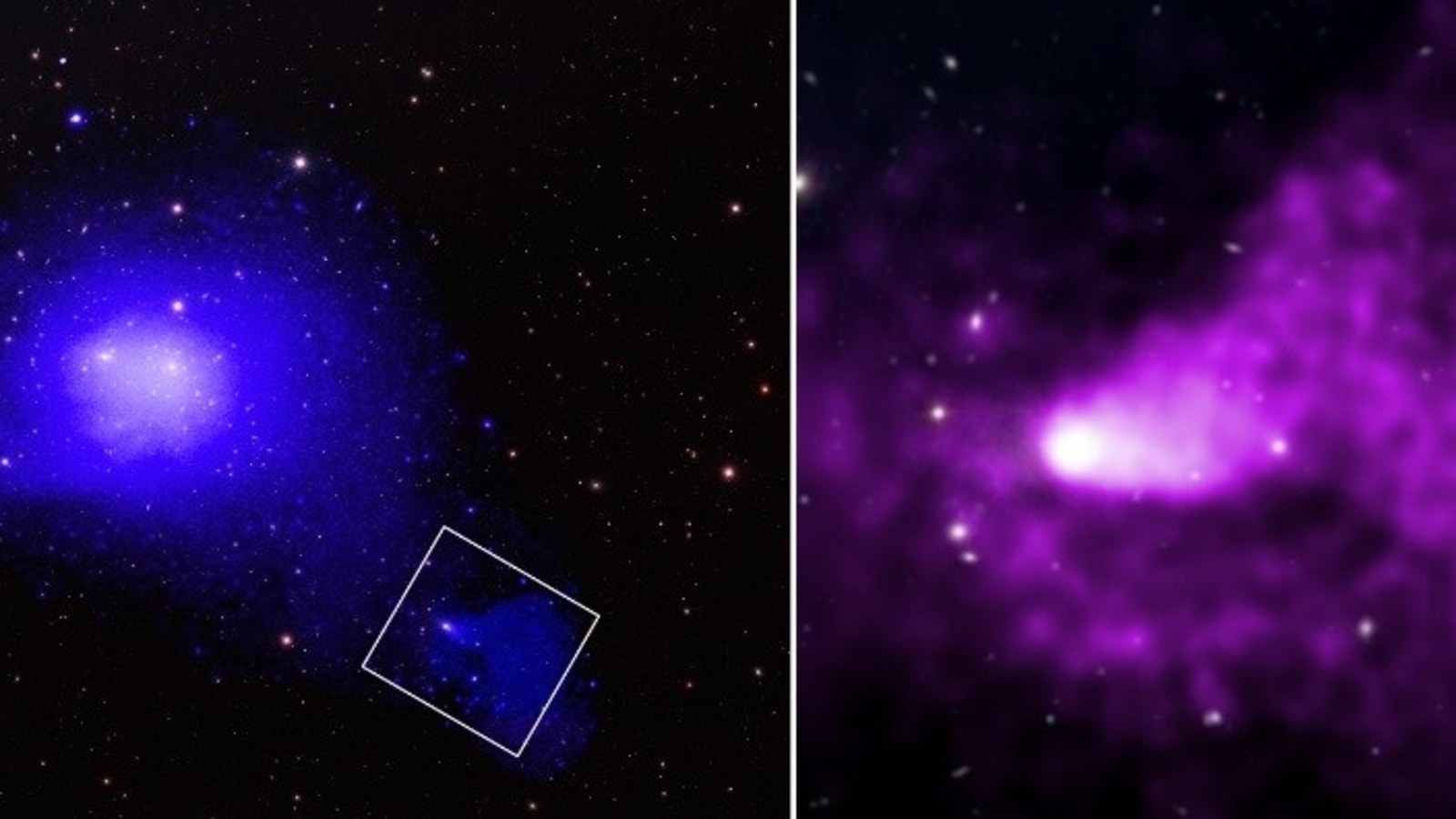Death plunge of galaxies and the longest known tail revealed by NASA
- NASA has detected a group of galaxies plunging into the Coma galaxy cluster







 View all Images
View all ImagesChange is a constant and that happens on the tiny scale of a human being to those of the biggest galaxies in the world. Now, NASA has detected a group of galaxies plunging into the Coma galaxy cluster, but the significant part is that it is leaving behind the longest known tail of superheated gas behind a galaxy group ever found.
NASA's Chandra X-ray Observatory snapped the galaxy group NGC 4839. First, know what a galaxy group is as opposed to galaxy cluster. Galaxy groups are collections of about 50 galaxies or less and galaxy clusters can contain hundreds or thousands of galaxies.
Both of these are enveloped by huge amounts of superheated pools of gas. They represent a significant portion of the mass in galaxy groups or clusters.
Galaxy group NGC 4839 is located near the edge of the Coma galaxy cluster and it is moving toward the center of the Coma galaxy cluster. In the process, the hot gas in the galaxy group is stripped away by its collision with gas in the cluster. This results in a tail forming behind the galaxy group.
The image on the left shows an X-ray view of the Coma galaxy cluster taken with ESA's (European Space Agency's) XMM-Newton (blue), along with optical data from the Sloan Digital Sky Survey (yellow). The galaxy group NGC 4839 is located in the lower right of that image. The inset on the right is the Chandra image (purple) of the region outlined by the square. The head of NGC 4839's tail is on the left side of the Chandra image and contains the brightest galaxy in the group and the densest gas. The tail trails to the right.
This tail is, in fact, 1.5 million light-years long, making it the longest tail ever seen trailing behind a group of galaxies.
The gas in the tail behind NGC 4839 will ultimately merge with the large amount of hot gas already present in the Coma Cluster.
Using the Chandra data, it was found that NGC 4839 is traveling at about 3 million miles per hour through the galaxy cluster.
Researchers looking at earlier observations of NGC 4839 had estimated its tail to be at least one million light-years long. The new Chandra data reveals the new record-holding 1.5 million light-years length.
Catch all the Latest Tech News, Mobile News, Laptop News, Gaming news, Wearables News , How To News, also keep up with us on Whatsapp channel,Twitter, Facebook, Google News, and Instagram. For our latest videos, subscribe to our YouTube channel.




























